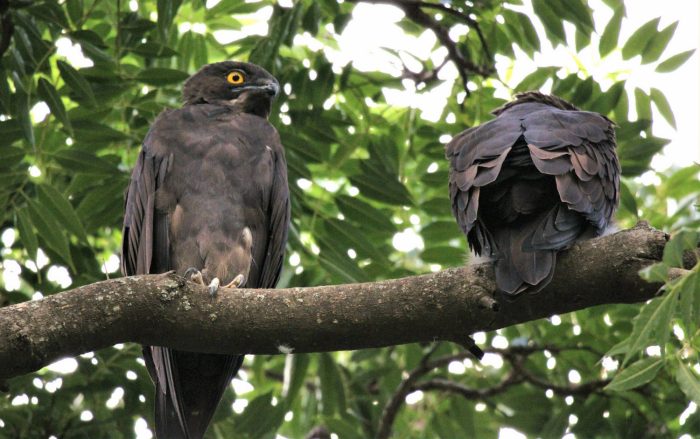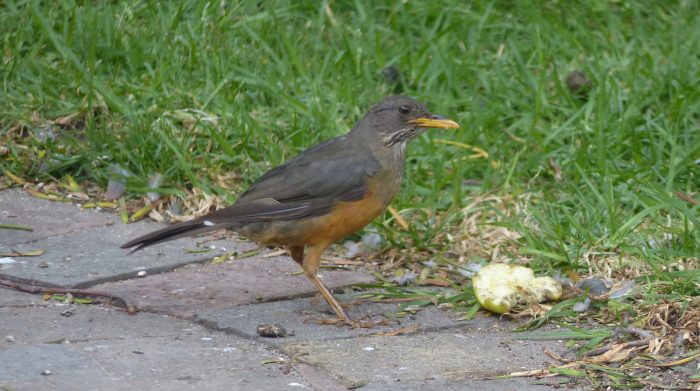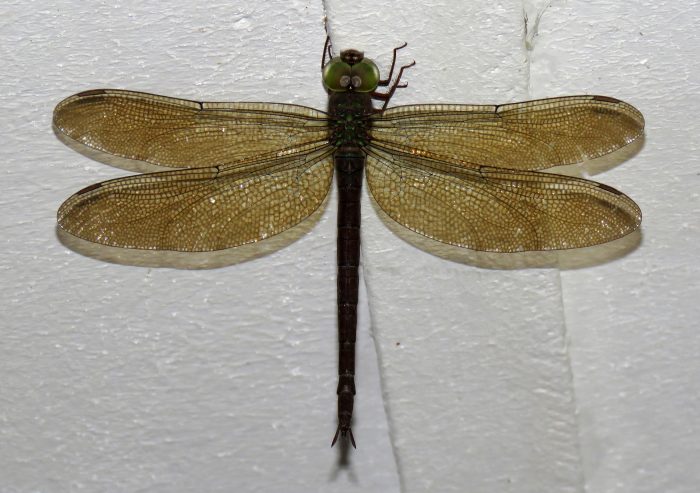An organism is crepuscular if it is active at dusk and/or dawn.
Among the birds of southern Africa, the Bat Hawk is strictly crepuscular. It needs to meet its food requirements for the day during a period of about 30 minutes – after the bats start to leave their roosts and start flying until it gets too dark to hunt.

The robin-chats and thrushes are largely crepuscular. These species tend to be most vocal at dawn and dusk, and certainly most active. The explanation for this behaviour is thought to be that this is the period of the day when insects and spiders are on the move, emerging from hiding places or returning to them.

This Olive Thrush is doing some late afternoon foraging in a suburban garden.
A genus of dragonflies are crepuscular – appropriately they are known as the “dusk hawkers”. The genus is Gynacantha: there are three in South Africa and they are uncharacteristically dull-coloured for dragonflies: Brown Duskhawker, Usambara Duskhawker, Little Duskhawker. Other crepuscular dragonflies in South Africa are crepuscular are Evening Hawker, Twister, Banded Duskdarter and Smoky Duskdarter. There is one crepuscular damselfly, the Graceful Slim.

This Brown Duskhawker is conspicuous resting on a white inside wall. But outdoors at twilight, they are cryptic, and not easy to spot, while sitting on vegetation, especially the trunk of a tree.
